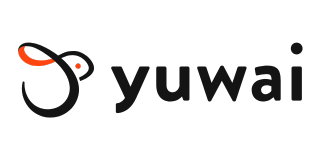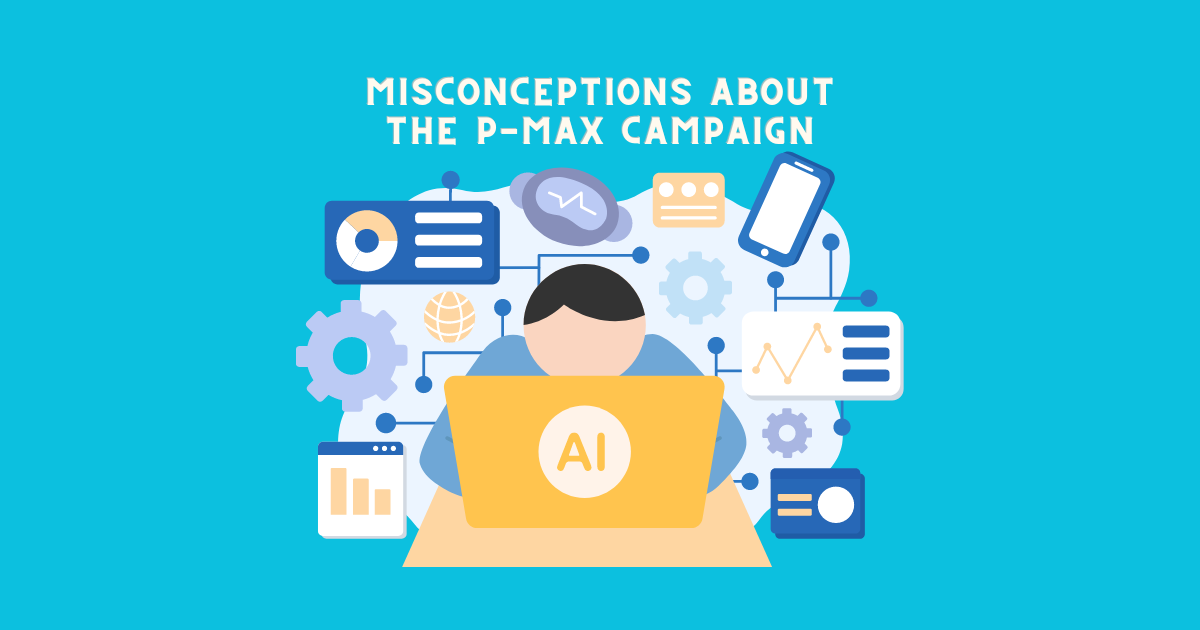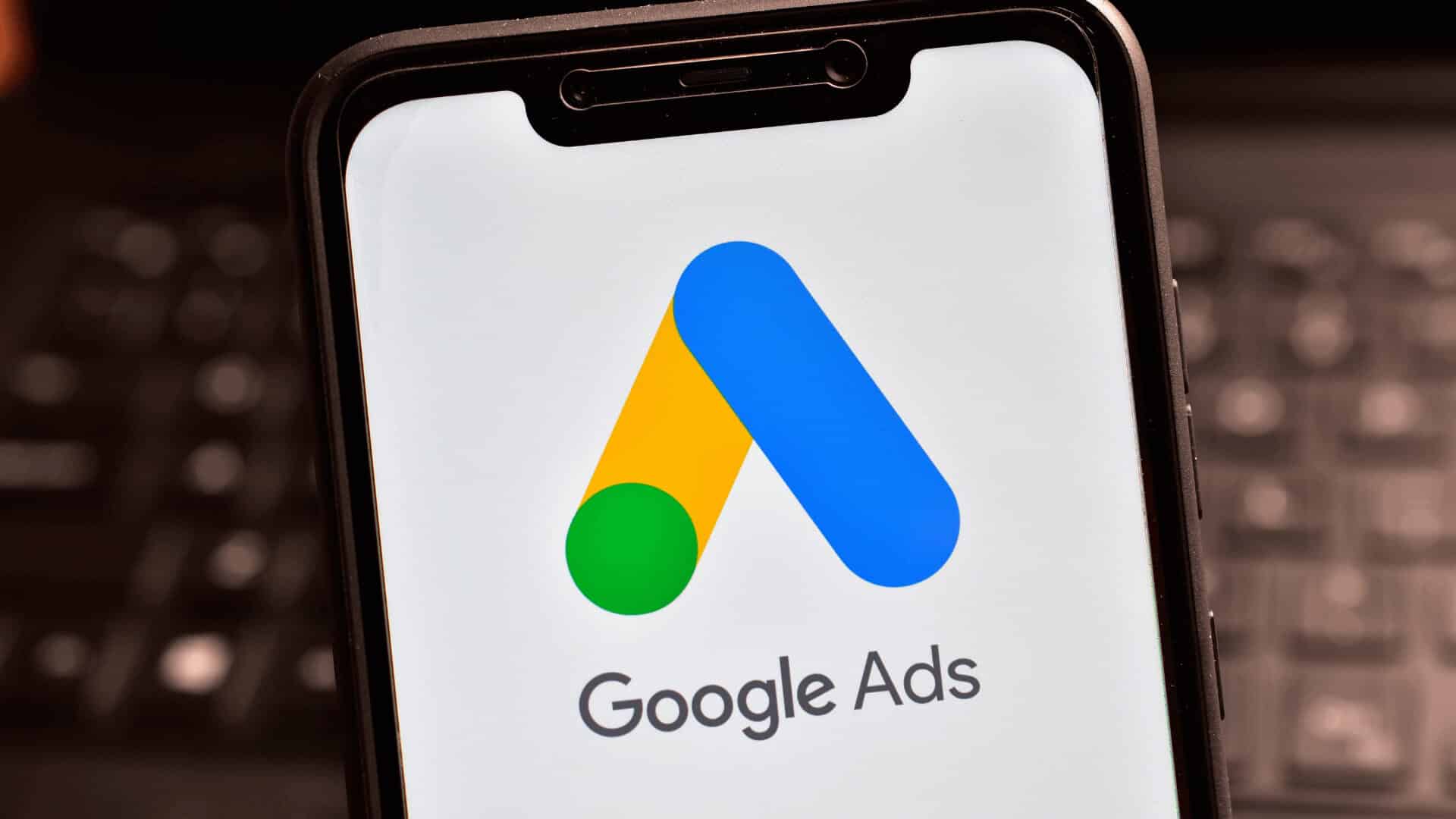While some are hesitant to use Performance Max campaigns due to perceived uncontrollability or a preference for managing individual campaigns, others have found success with them. This discrepancy suggests a possible misunderstanding of Performance Max, leading to its avoidance or improper utilization. To address this, let’s delve deeper into the mechanics of Performance Max campaigns.
This analysis primarily relies on information from Google Ads Help, but also incorporates personal experiences and deductions based on publicly available information regarding the mechanisms and impact of Performance Max. Therefore, please note that not all information presented here is officially endorsed by Google. Any corrections, especially from Google personnel, are greatly appreciated.
What exactly are Performance Max campaigns?
Those who have found this article likely already understand what Performance Max campaigns are, but let’s recap.
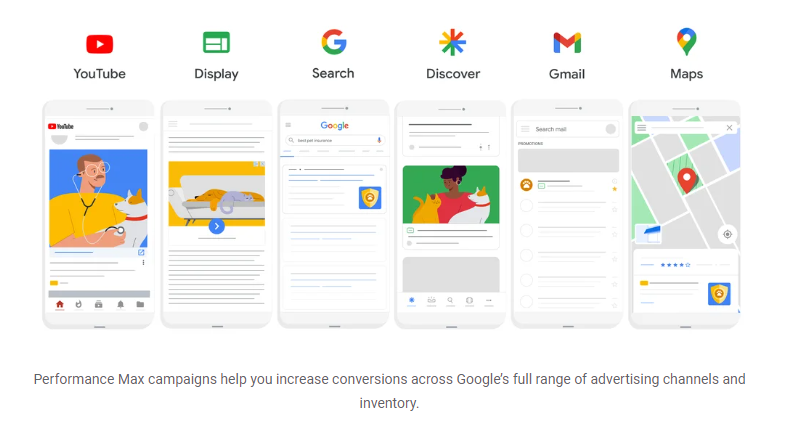
The explanation of P-MAX campaigns is also quoted from the help page.
Performance Max is a goal-based campaign type that allows performance advertisers to access all of their Google Ads inventory from a single campaign. It’s designed to complement your keyword-based Search campaigns to help you find more converting customers across all of Google’s channels like YouTube, Display, Search, Discover, Gmail, and Maps.
Performance Max helps you drive performance based on your specified conversion goals, delivering more conversions and value by optimizing performance in real-time and across channels using Smart Bidding. Performance Max uses Google AI across bidding, budget optimization, audiences, creatives, attribution, and more. They’re all empowered by your specific advertising objective, for example, if you have a CPA or ROAS target, and the creative assets, audience signals, and optional data feeds you provide.
About Performance Max campaigns – Google Ads Help
https://support.google.com/google-ads/answer/10724817
In a nutshell, Performance Max campaigns allow ads to be displayed across most of Google’s ad inventory (excluding Google Play) within the services Google offers.
Moreover, it consolidates all channels (Search, YouTube, Display, Discover, Gmail, Maps, etc.) and optimizes their performance in real-time, aiming to maximize performance (conversion count and conversion value).
The concept seems simple enough.
However, I feel that Google, including in this help document, hasn’t adequately explained the mechanisms and effects of Performance Max campaigns, which may lead to misunderstandings like the ones listed below.
This article aims to dispel those misunderstandings about Performance Max campaigns by unraveling their mechanisms and incorporating relevant information.
The channels that interact with user purchasing behavior are becoming increasingly complex.
Observing recent user purchasing behavior, it’s easy to imagine that various channels are involved in the journey from the initial trigger to the final purchase.
A simplified example of purchasing behavior is shown in the following diagram.
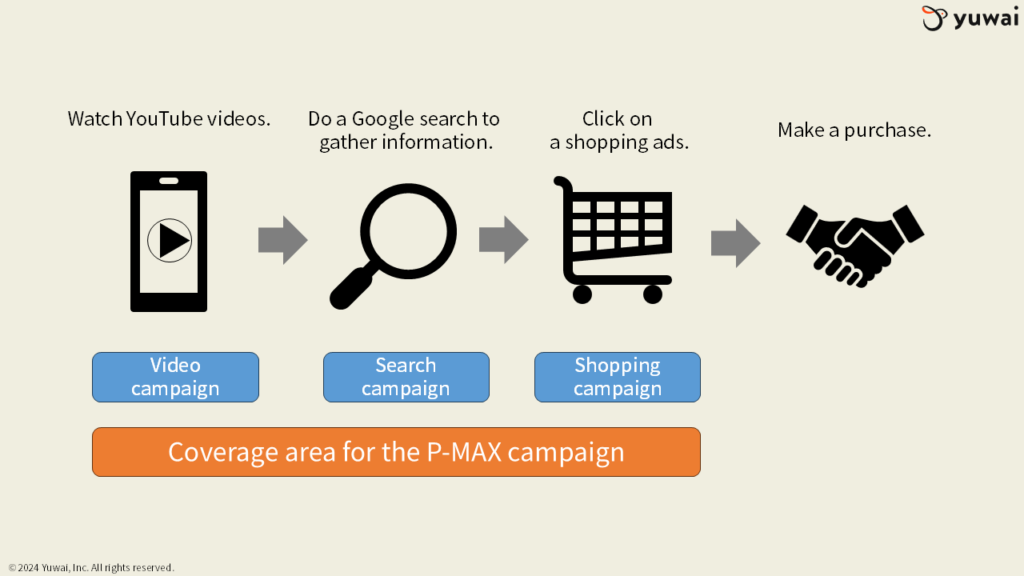
This diagram illustrates a scenario where a user, after watching a YouTube video, searches for a product on Google and ultimately makes a purchase by clicking on a shopping ad. This process likely feels familiar to many.
In reality, countless variations exist within the customer journey. To simplify, consider these possibilities: a user might watch a video, then conduct a search, browse various websites, and finally purchase via a shopping ad (blue path), or they might simply search and purchase directly through a shopping ad (red path).
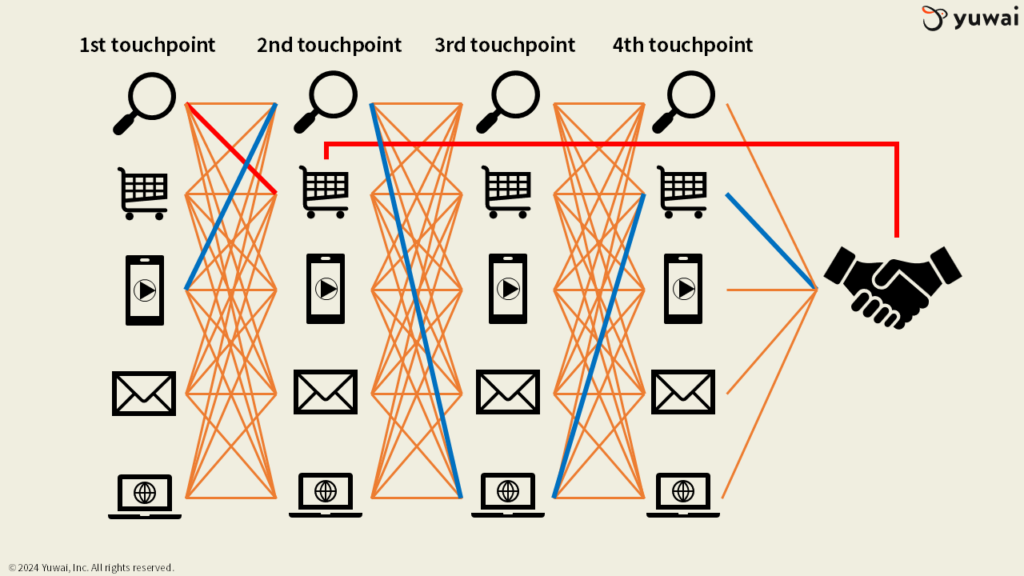
In other words, the paths users take to conversion are not limited to just one or two routes, and the number of touchpoints (interactions they have along the way) varies greatly.
Using each campaign type leads to fragmentation and discrepancies.
Attempting to create touchpoints with ads using individual campaign types (Search, Shopping, Video, etc.) results in the following situation.
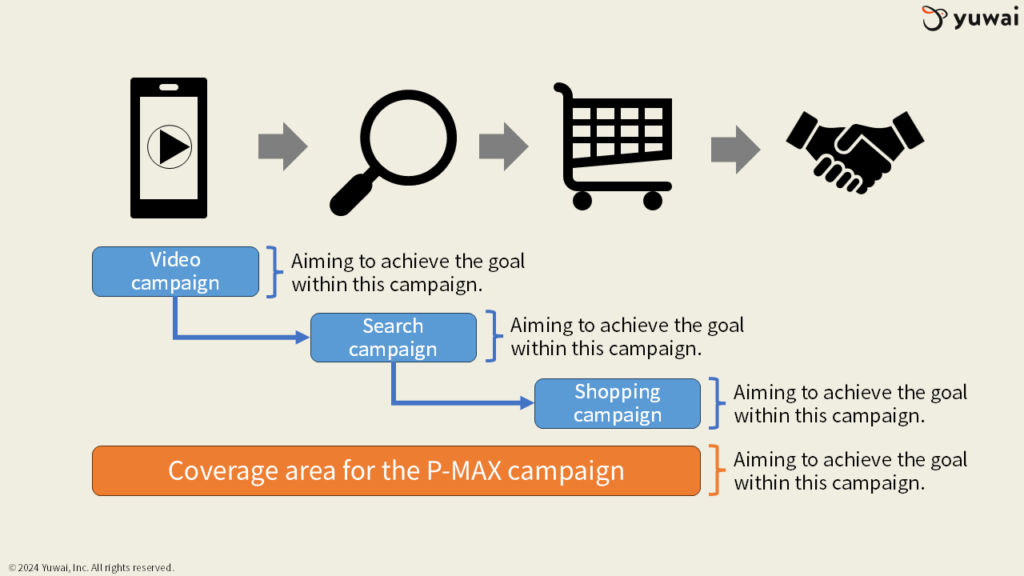
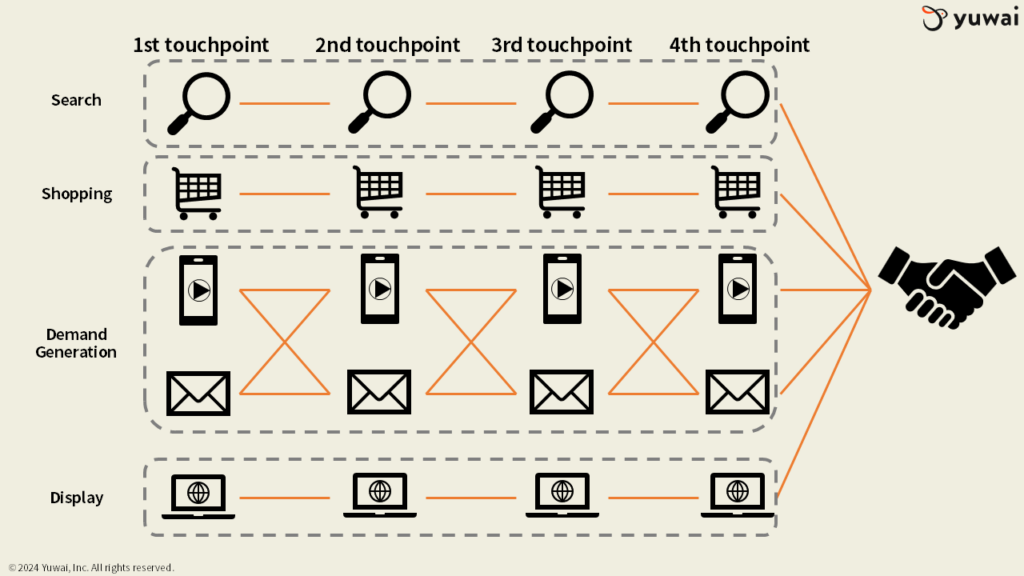
If you use each campaign type to have touchpoints on the path, each campaign will try to achieve its goal (whether it’s automated bidding or manual management), so it will be difficult to adjust bids in consideration of all the paths that led to conversions.
If you use data-driven attribution to measure conversions, the contribution to the touchpoint leading to the conversion will be allocated, so you can visualize it as follows.
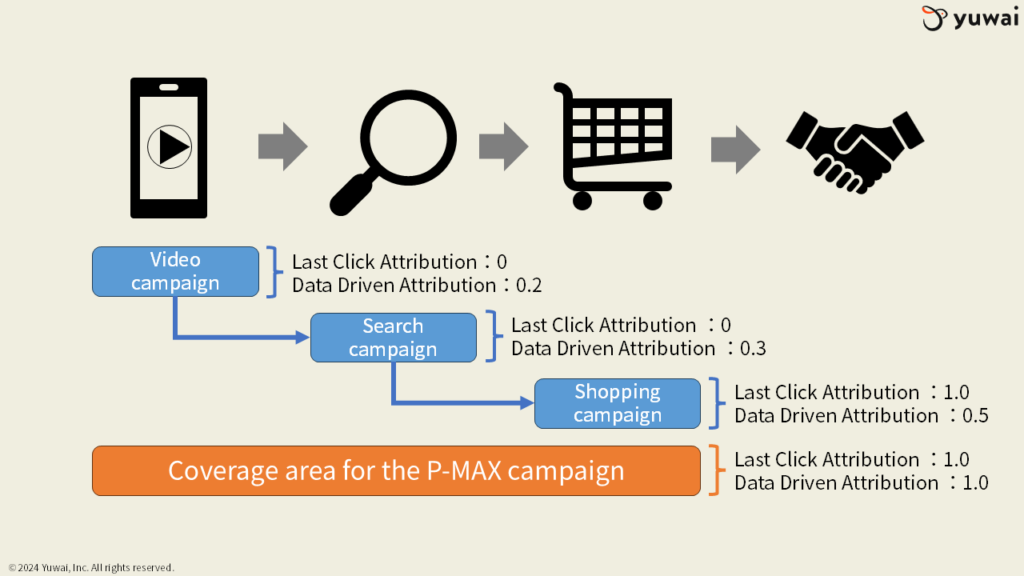
Data-driven attribution identifies the most valuable paths based on the paths that led to conversions and assigns contribution to each touchpoint on the path. Automated bidding adjusts bids in consideration of those paths, but it essentially aims to achieve goals within that campaign. So, rather than adjusting bids with an overview of the entire path, it adjusts bids locally on the path.
Moreover, it’s possible that users different from those targeted in the initial touchpoint video campaign in the example are actually generating value. There may be channels where you are intentionally not showing ads, or channels where you are not showing ads may include paths for users who generate value.
In other words, if you try to manage using each campaign type, there is a possibility that bids will be adjusted locally based on the data within that campaign, or bids will be adjusted in a state where high-value users are overlooked due to targeting.
Therefore, could it be that the fragmentation of data due to the fragmentation of campaigns is affecting advertising ROI? To address this, P-MAX campaigns were introduced to allow ads to be displayed in all ad slots within a single campaign and to maximize value within that campaign.
When using P-MAX campaigns, it is recommended to set up all possible assets and display ads in all ad formats to prevent a decline in ad performance due to opportunity loss.
If the advertising system can grasp all touchpoints and path patterns leading to conversion as data, it can identify the most valuable and less valuable patterns from them, enabling adjustments to bids and ad formats to maximize advertising ROI. This is the original function of P-MAX campaigns.
It’s not simply about being able to display ads in all ad slots, and the true power of P-MAX campaigns cannot be realized without registering all ad assets. The asset auto-generation feature likely exists to prevent this opportunity loss and fill the gap. However, the quality of auto-generated assets is not always ideal, so it is generally recommended to prepare creatives without relying on auto-generated assets.
If you can see path patterns that are likely to generate value, you can also find patterns that are not likely to generate value. Therefore, problems such as the advertising budget being taken up only by videos when video creatives are added, ads being displayed only on Gmail, or only retargeting ads being displayed are less likely to occur.
I have actually added multiple videos to a retail advertising account and observed it, but I did not get the impression that impressions were concentrated only on videos. On the other hand, the greater the gap, the more likely it is to try to find a valuable path by displaying ads on various channels, so if you have the material, it would be good to add a video and see how it goes for a while.
Portfolio bid strategies allow you to group multiple campaigns, so they will adjust bids across campaigns to some extent. However, the analysis information provided is based on data within each campaign, so it may not be very helpful in determining the next steps.
Think of targeting as segments and audience signals as characteristics.
In the Google Ads interface, you’ll see “Audience Signals.” Because it can be set up in the same way as setting targeting in Display campaigns, etc., some people may think that setting audience signals allows you to target and display ads only to the specified audience.
Setting audience signals ultimately leads to targeting, so if you only look at the conclusion, it seems like you’re doing the same thing, but the mechanism is completely different.
P-MAX campaigns do not have the function of directly targeting by specifying segments, and targeting is fully automated. However, by providing data (audience signals) on what kind of users are likely to convert, P-MAX campaigns can identify the characteristics of users that maximize the value needed to achieve your goals.
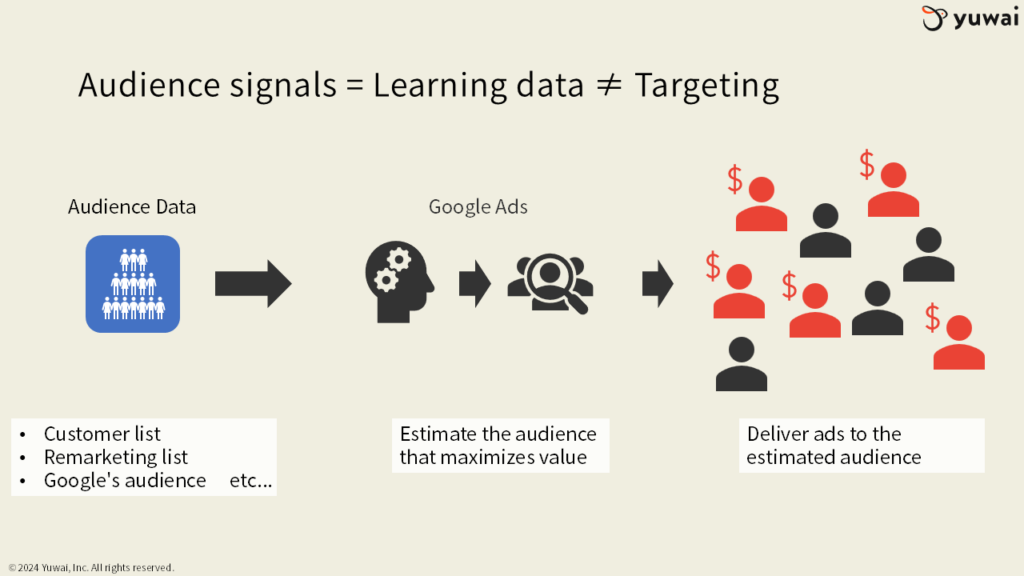
This is why “audience signals” is used instead of “targeting” in P-MAX campaign settings. In addition, you can set different audience signals for each asset group, so assuming that the target value set in the P-MAX campaign is the same, you can use different creatives and audience signals for regular asset groups and event periods such as Mother’s Day.
This mechanism prevents opportunity loss caused by narrowing down the users to whom ads are displayed through targeting, finds users who are likely to convert through audience signals, and can discover targets that you never thought of before, thus making it easier to expand your business while maintaining high advertising ROI.
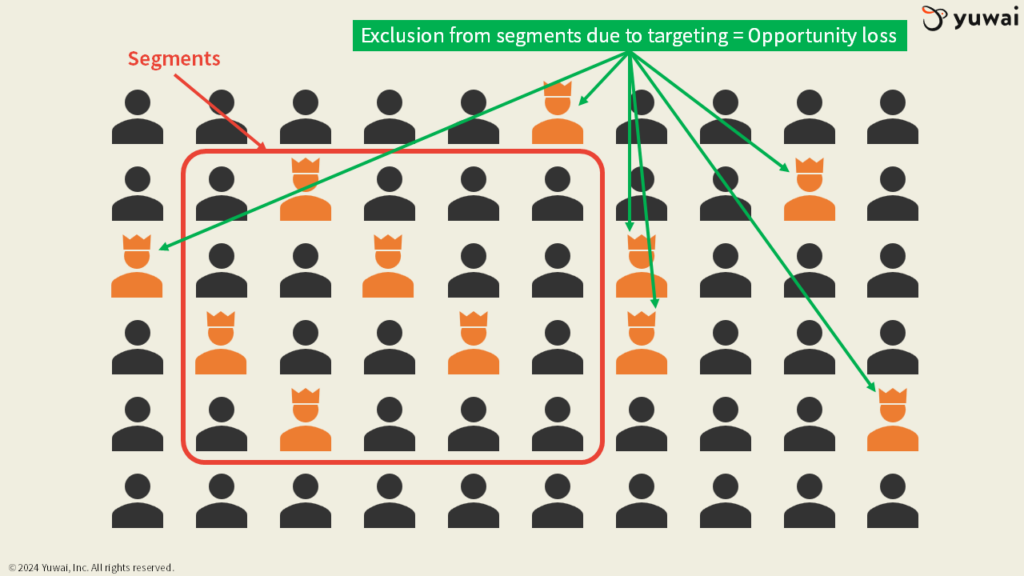
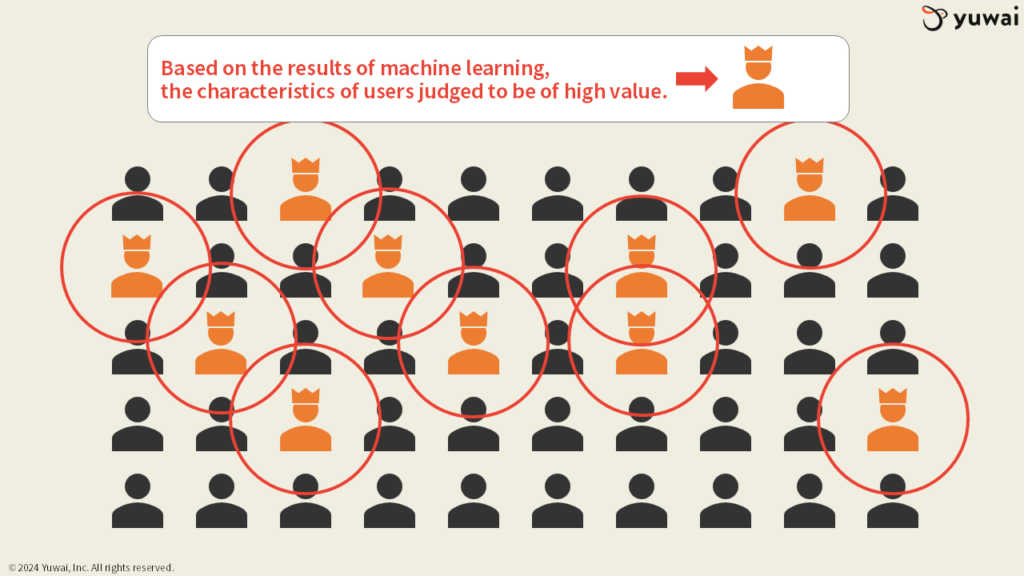
Set real data in the audience signal that allows you to recognize the customer image as much as possible.
Once you understand how this audience signal works, you can see what to set as an audience signal.
There is a page called “Google Ads Operations Guide” in the Google Ads help, where the following is listed as one of the best practices for P-MAX campaigns.
Audience signals provide inputs to help your campaign ramp up and optimize performance faster. Input audience signals to guide Google AI and include lower-funnel audience segments, such as your data (which includes Customer Match lists of existing customers who’ve engaged with your business in the past, and website visitors). To use Customer Match, you’ll want to create a customer list, upload it to Google Ads, and update it regularly.
Multiply conversions with Performance Max – Google Ads Help
https://support.google.com/google-ads/answer/11189316
It clearly states that including your own data, such as customer lists that collect information on existing customers and website visitors, is one of the best practices. It makes sense that if you can use data from users who are already known to be customers to estimate users who are likely to convert, it will be easier for P-MAX campaigns to infer users who are likely to convert. Moreover, since customer match information can also be used, it is thought that information such as user attributes, interests, and activities that are invisible to advertisers will also be taken into account in learning, so it is understandable that a mechanism can be adopted that can reach unexpected users.
Conversely, setting only age, gender, and interests is too broad, and it can be said that it is difficult even with machine learning to find truly valuable users from there. It is like an image of floating a boat in the middle of the Pacific Ocean and trying to catch a tuna with a single line. (Is it easier to understand if you say it is the difference between a targeted attack with a specific range and a wide-range multi-bullet tracking attack?)
Even when using website visitors, a list of users who have reached the conversion page is effective, but the entire website visitors will have too much noise. For example, if there is a case where a user visits a website to earn points on a point site, if you think about whether the visitor list including these users is valuable, you will probably come to the conclusion that it is not.
Based on this, the author’s subjective summary of the importance of signals that can be set in audience signals is as follows. It is difficult to set everything, so it is better to set what you can prepare. Naturally, if the size of the list is small, the estimated data will also be unstable, so it is important to prepare data with as large a size as possible.
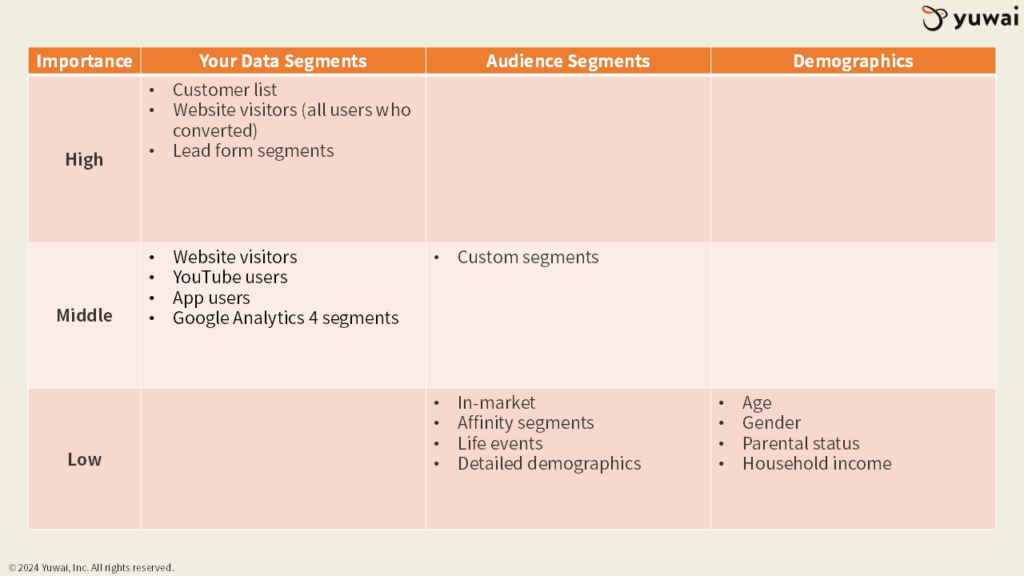
Based on the advertiser’s data, to increase the resolution of users who are more likely to convert, it is a good idea to additionally set “search themes (beta)”, which can be set separately from custom interests and audience signals. It is important not to cover too wide a range.
Also, machine learning in P-MAX campaigns takes into account both user estimation using audience signals and past ad serving performance data. If you are using a customer list for audience data, it will help you learn based on the latest customer information, so update your customer list regularly.
- Be sure to take the necessary legal steps before uploading your customer list.
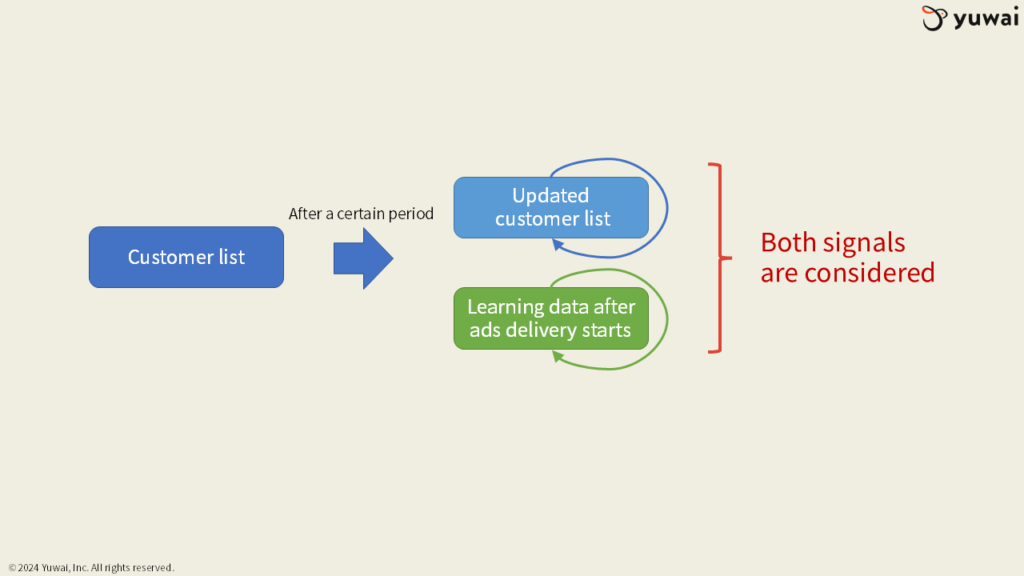
Appendix: P-MAX campaign’s location goal vs. Smart Assist campaigns
The former local campaigns, which were upgraded to P-MAX campaigns, aimed to increase store visits and local actions (such as route searches) and improve the cost-effectiveness of advertising spend.
Currently, the same functionality is provided by linking a Google Business Profile account to a Google Ads account and creating a P-MAX campaign with the goal of driving in-store visits.
Similarly, it is recommended to use this by registering all assets, but the number of business locations (stores) to be targeted for advertising is recommended to be at least 5 stores for acquiring local actions and at least 10 stores for increasing the number of store visits (probably due to privacy concerns).
Number of business locations per account: It’s recommended that you have a minimum of 10 business locations in campaigns with store visits or store sales. For campaigns with local actions, it’s recommended that you have a minimum of 5 business locations.
Optimization tips for Performance Max for store goals – Google Ads Help
https://support.google.com/google-ads/answer/13775728
Therefore, if the number of stores you want to advertise is less than 5, you may not be able to get the results you expect with P-MAX campaigns.
In such cases, there is also the option of trying Smart Assist campaigns (Smart mode, Smart campaigns).
Although it also has a limited number of setting items and reportable data that can be checked, it can also display ads on Google Search, Google Maps, YouTube, Gmail, and the Google Display Network in a single campaign.
Consider the scale of your business and other factors when deciding which campaign type to adopt.
Summary: P-MAX campaigns fill all gaps and maximize performance
Looking at the mechanism (including some speculation), it can be said that P-MAX campaigns fill the invisible gaps caused by managing campaigns separately, and maximize advertising ROI with the power of data and machine learning obtained by filling the gaps.
In other words, in order to demonstrate the power of P-MAX campaigns, it is assumed that creatives are prepared and all assets can be used, so if you are not satisfied with the performance, it is because the assets are insufficient and opportunity loss is occurring, or the audience signal is too wide and machine learning is not working well.
- Customers that the author supports also feel that the advertising ROI has begun to stabilize by setting videos in assets. This is just a personal impression.
And knowing this mechanism, you can see that P-MAX campaigns are not a panacea. This is the case when creatives cannot be prepared, the size of the audience signal is small, the number of conversions sufficient for learning is relatively small as in BtoB, or the customer list does not function properly. In such cases, it is probably better to manage using conventional campaigns.
Knowing the mechanism of P-MAX campaigns may change your previous values. For example, you can see the limitations of trying to improve results only by changing assets and raising or lowering target values to control bids when assets have not been fully set.
Based on these points, we can get a general idea of the situations where P-MAX campaigns are likely to produce results and those where they are not. The more you understand the mechanism, the more you realize that the value of P-MAX campaigns lies in their uncontrollability. However, it is out of the question that they are uncontrollable in terms of brand safety, so I think that functions such as report transparency and exclusion will continue to be enhanced in the future.
This is completely an aside, but considering the context of filling the gap of opportunity loss by automatic generation of assets, it is understandable that Google Ads x generative AI (Gemini) will be provided from P-MAX campaigns.
It is fine to decide not to use P-MAX campaigns because you have not been able to achieve good results with them in the past, but after reading this article, you may want to verify if you were really able to use them properly. I hope this article will also be helpful for those who are thinking of trying P-MAX campaigns but are worried about whether they can really achieve results.
Once you decide that P-MAX campaigns are useless, you will probably never use them again. So, I really want to clear up any misunderstandings.
If you give up, it’s game over.
